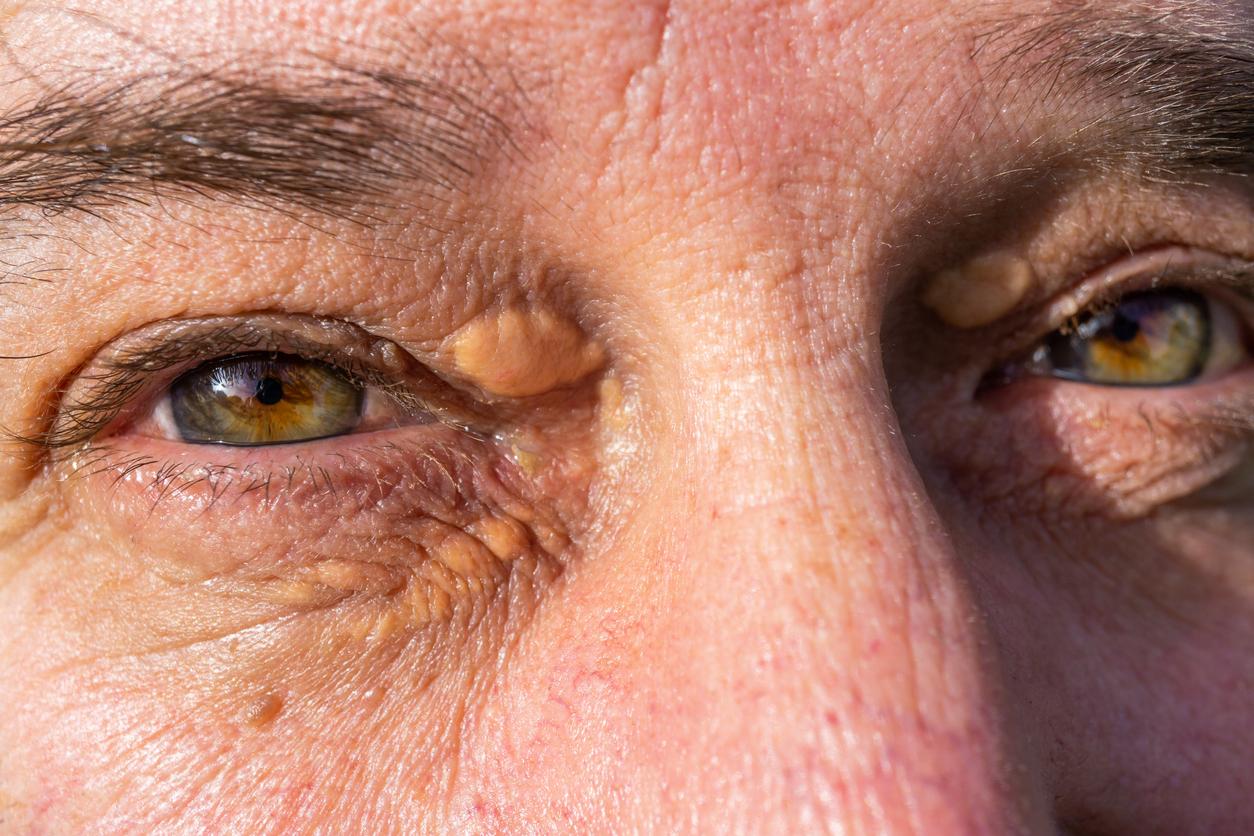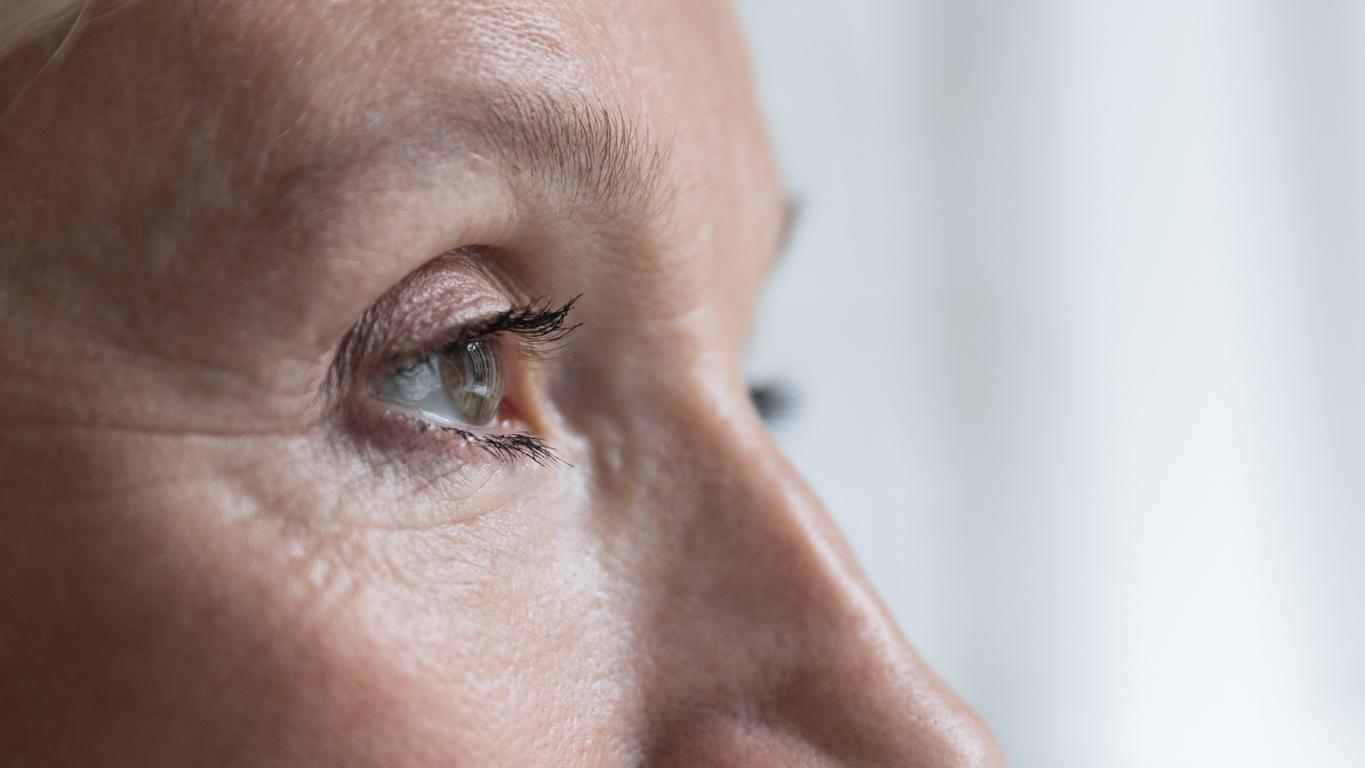According to a study by the University of California, the toxins contained in electronic cigarettes could damage the sight of the “vaper”. For their study, the American researchers followed more than1.1 million people aged 18 to 50 between 2016 and 2018. They were asked, in a questionnaire, if they smoked or vaped and if they suffered from visual impairment.
The findings, published in theAmerican Journal of Ophthalmology, show that the use of electronic cigarettes increases the risk of suffering from visual impairment by 34%. According to researchers, some components of vape liquid, such as propylene glycol, would produce free radicals which would damage the layer of fluid covering the surface of the eye.
Health risks assessed by the ANSM
A few weeks ago in France, the National Medicines Safety Agency (ANSM) announced its intention to screen the various substances present in electronic cigarettes and vaporizing liquids.
“While the electronic cigarette has been widely adopted by part of the population, the health risks potentially linked to the inhalation of the substances emitted by these devices must still be precisely assessed” underlines the National Agency for the Safety of Medicines (ANSES) , which has drawn up a list of substances to be studied on a priority basis in order to know the risks associated with their inhalation. At the end of this work, ANSES will produce an assessment of the health risks associated with the substances of greatest concern.
Vigilance with “homemade” liquids
According to Public Health France, the prevalence of daily vaping in the French population was 4.4% in 2019, and 34.4% of 18-75 year olds said they had tried electronic cigarettes. Moreover, according to a survey carried out by BVA for ANSES in 2020, 58% of vapers surveyed had used electronic cigarettes for more than two years and 24% for more than four years (BVA 2020). Consequently, a non-negligible part of the population using these products is exposed, daily and for several years, to the substances contained in the aerosols of electronic cigarettes.
During its investigation, ANSES found that vaping liquids without nicotine and especially the ingredients of “homemade” products, such as concentrated aromas with multiple flavors, are widely used by vapers. Thus 33% of vapers would indeed have recourse very regularly or exclusively to this so-called “Do it yourself” (DIY) practice. “However, neither the protective provisions for health such as the bans on certain ingredients, nor the reporting obligations to which manufacturers of vaping products are subject relate to DIY or nicotine-free products” insists ANSES, which wishes that European regulations are extended to all vaping products placed on the market, whether they contain nicotine or not, whether they are sold ready to vape or made by the users themselves”.
Sources :
The impact of vaping on ocular health: a literature review, American journal of ophthalmology
Prioritization of chemicals in vaping product emissions, ANSES Opinion, November 2021
Read also :
- Electronic cigarette: some flavors more dangerous than others
- The electronic cigarette, the first smoking cessation tool
- Vaping may increase the risk of heart disease


















